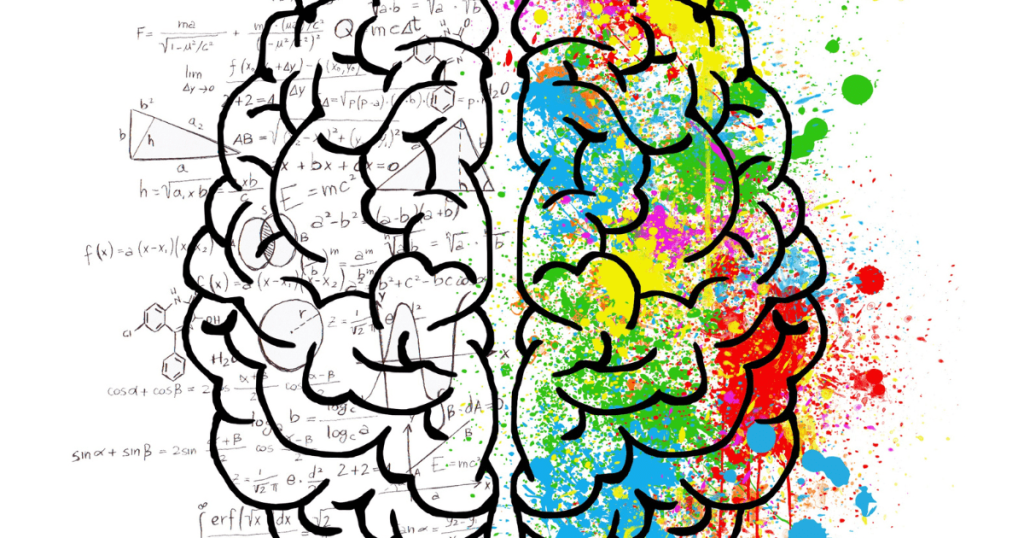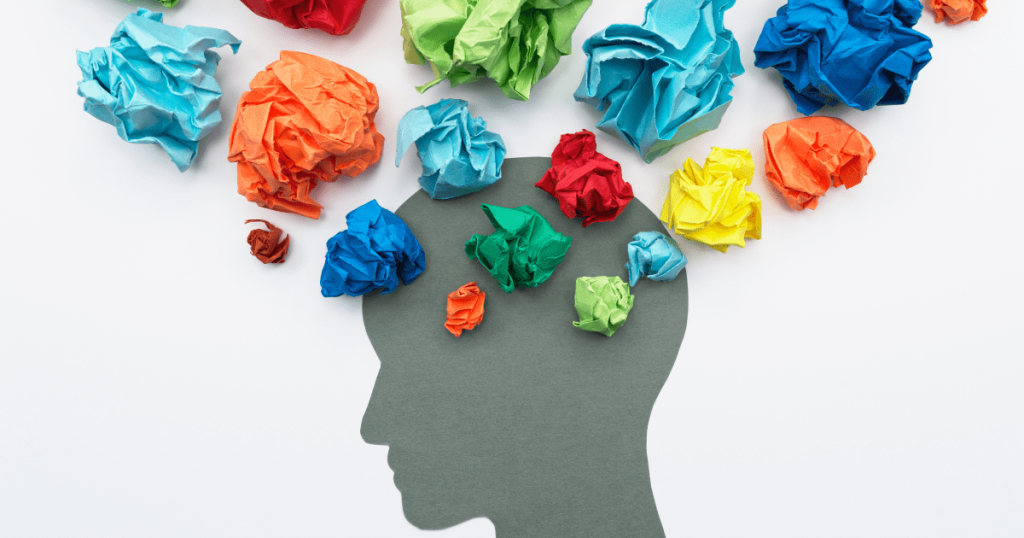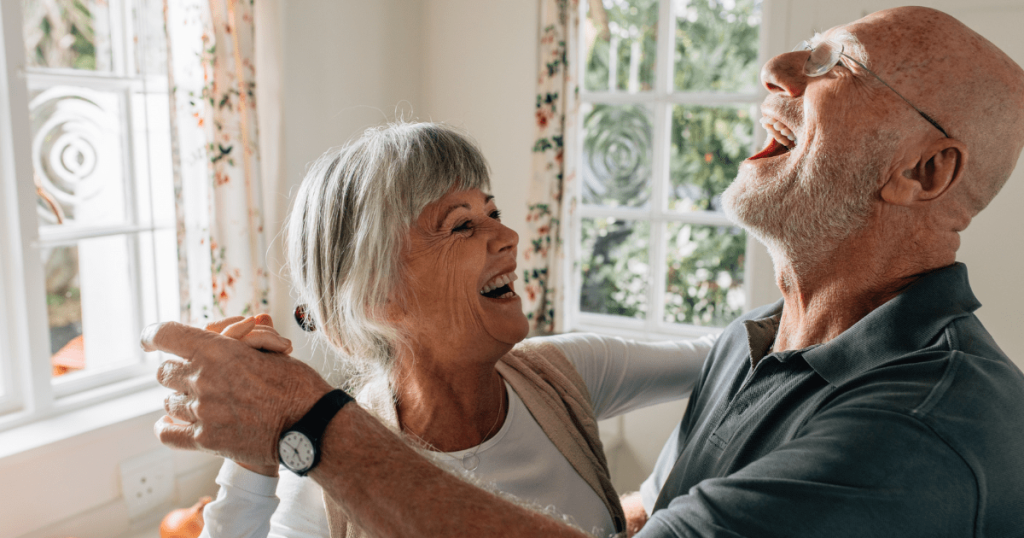
The Psychology Behind the Effectiveness of Video Advertising. 90% of information transmitted to the brain is visual. Visuals themselves are typically processed 60,000 times faster in the brain than other forms of media. So why advertise your brand with videos? Well, amongst many other reasons, using video marketing as opposed to other types is wildly effective and has proven to be more engaging.
Since the pandemic, the number of people watching digital videos has been on the rise. Reaching its peak in 2022, the United States reached 244.4 million people per year watching videos. And although this demographic is dominantly made up of young adults, this metric still emphasizes how many consumers are on the internet, giving you many opportunities to market your content.
In accordance with the increase of viewers of videos on the internet, there is simultaneously a natural increase in demand for video content as well. More than half of consumers are asking for more video content. To be more precise, a total of 88% of consumers want to see more videos from a brand or business they support.
The Psychology Behind Video

There are many more components that contribute to the effectiveness of advertising besides the message that is delivered within videos. Whether we are focusing on the color schemes used or visuals paired with specific words, there is an evident connection between psychology and the effectiveness of video advertising.
Color Effectiveness of Video Advertising

Although many audience members do not realize it overtly, there are large subconscious effects on the usage of color in advertising. There are many emotions associated with color, like confidence, tranquility, passion, and anger. Yet regardless of the color used, emotion drives decision-making, and that is what video advertising is all about: a call to action.
For example, using red in your videos is scientifically proven to evoke feelings of excitement, intensity, love, strength, and power. On the other hand, white evokes feelings of purity, cleanliness, innocence, unfriendliness, and a sense of lightness. Then, colors like green and yellow elicit energy, happiness, harmony, health, safety, nature, and attentiveness.
Thereby incorporating certain colors AND using video advertisements, your company will engage audiences more effectively. Furthermore, using video advertisements that provoke emotional responses is also proven to create a longer-lasting impression on consumers, as videos and ads resonate with them.
Memories

Psychologists have done extensive research on the intersectionality of video advertising and the impact of memory on advertising as a whole. The driver of this hypothesis was catalyzed by the concept that memories serve as one of the most important aspects of our brains’ ability to process information and to make decisions. However, unless there is evidence reflecting the past, it is hard to form concrete and accurate memories within the brain.
That is why video advertising is an effective way to engage a viewer’s hippocampus; the part of the brain that controls memory function. Thus, to leave a long-lasting message, it is important for video advertisers to create content that will have an impact on viewers’ hippocampus.
We have already established that videos are processed by the brain faster than other mediums, and better yet, videos are the most engaging way to leave consumers with a connection to your brand.
So here are a few ways you can make sure you are influencing your audience using these psychological strategies:
- Be consistent with your visuals. By doing so, target markets are able to have a mental association with your brand, making your company more relevant and recent in memory.
- Location and story associations are key. Often, consumers do not remember specific words or phrases; they associate things with color, places, or stories. Therefore, making it is essential for your videos to create these associations within peoples’ minds. (This is deemed by psychologists as the “method of loci”.
- Be unusual. People see similarities and repetition in life constantly, whether that be the same daily commute to work, eating the same foods, or watching the same content that streams the same ads. However, by creating unique content that is dynamic in color, language, and within its storyline, you are more likely to stick out in the minds of your viewers.
- Create long-term memories. There are three types of memories: immediate (sensory) memories that last seconds, short-term memories that last minutes to an hour at most, and lastly, there are long-term memories. Creating long-term memories in viewers’ minds is the best way to leave an impact because long-term memories are stored in our brains for hours or years (this is called unlimited permanent storage). There are evidently more ways to create an association with audiences’ memory. However, these are deemed to be the most effective. By using these psychological strategies within your videos, you are guaranteed to have a more impactful campaign.
Next, we are going to talk specifically about the emotional responses that you can elicit in your videos to get the response from your audience that you are looking for. Emotions are proven to have a direct effect on behavior and decision-making.
Emotions Effectiveness of Video Advertising

Fear
Oftentimes, people’s motivations are driven by fear, a primal instinct that elicits the feeling of uncomfortability. For example, the fear of missing out. As social media provides many forms of instant gratification and the ability to post what you are doing and where you are doing it, the concept of “FOMO” (fear of missing out) has been exacerbated.
To provoke a feeling of fear or urgency, use phrases like “one day only,” “limited time only,” and “get yours today or there might not be any left.” By doing so within your videos and using colors like red and white, you will definitely evoke a feeling of urgency and fear within your audience.
Additionally, by enacting this type of advertisement, your viewers will feel inclined to act now.
Joy and Fun

Associate your product, service, or business with joy, pleasure, and fun. When videos showcase the benefits and positivity surrounding a brand, they are more likely to want to be a part of whatever you are advertising.
An example of this is an automobile advertisement that depicts friends in a car laughing, while the car itself is driving on a beautiful highway into the sunset. By showing where a product can take someone or a company can ensure that their product will elicit inherent joy, then people are again driven to act or to want to learn more about your brand.
Love

Love, just like fear, is an emotion that is primal instinctually and a primary driver of action. Love is wildly powerful and simultaneously elicits feelings of devotion, commitment, and passion.
Thus, by using elements of love, like focusing your video content on a story that depicts your product connecting a mother and a son or a husband and wife, humans can then understand how certain services, commodities, etc., could have an impact on their own life or the people that they love.
Typically, videos including newborns, pets, mothers, couples in love, or families are the most effective ways to elicit love within audience members’ psyche.
Vanity

Vanity taps into people’s sense of pride, importance, and well-being. Using phrases like “treat yourself to…”, “you deserve this”, and “the best option for you” will drive video audiences to want your product.
Due to the societal importance of vanity, appearance, and status, the emotional impact of vanity overall will definitely drive your target market to act fast. Thus, by utilizing these themes within your content, you can develop sense of brand awareness and trust.
You can also read about:
In conclusion, it is evident that the most effective way to advertise is through video. Considering the jarring statistics surrounding video consumption in the United States and the psychological impact of video advertising, we can attest to the fact that utilizing this type of media will create mental associations with consumers.
By integrating emotional, memorable, and colorful content, your videos will be even more effective and successful. There is more that goes into video advertising than one may think. However, when we break it down, there are tons of easy ways to use psychology within your marketing campaigns to have more compelling content.
Remember that emotion drives action and our decision-making, as does the use of video advertisements. Your campaign could last a lifetime in consumers’ minds… as long as you use these tips. Good luck!
Works Cited
- Psychology in Advertising
- Video Marketing Statistics
- 3 Memory Techniques Get People to Remember Your Content
- 10 Ways to Get People to Remember Your Brand
If you need help growing your business and averaging 400% or more ROI from your digital efforts, give us a call today or schedule a free strategy session with one of our experts in digital marketing. You will have an opportunity to discuss your business and your marketing goals, and we will provide recommendations on what you should be doing based on our BOOST Method. This is a sales-pitch-free no-obligation meeting, just real advice.

